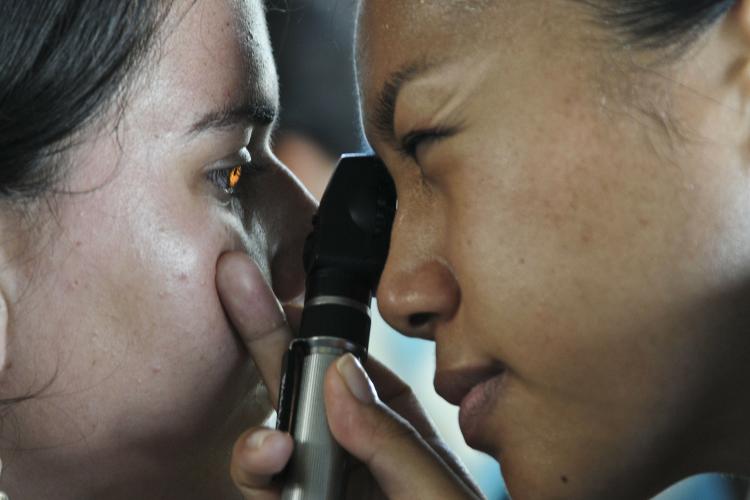Drug-makers have only recently started to give drug-takers a say in how their medicines are made, turning patients into a new generation of experts.
By Pierre Meulien, IMI Director

You might think that slowing the progress of the disease is the number one priority for someone with a chronic condition. Or that ridding themselves of the most socially awkward symptoms is a patient’s top concern. We’ve found that when it comes to patient preferences, their order of priorities does not always match our best guess. It might seem intuitive, but drug makers have only recently started to open up the process of drug development to patients. End users, in any other field, are always consulted on the final product. Why has medicine taken so long?
Teaching the goals and ground rules of medicine R&D
Patients and drug developers look at an illness from entirely different perspectives. Closing this perspective gap is one of the unmet social needs that drove the creation of IMI. Though the industry agreed for a long time that patient engagement was welcome and necessary, nobody really knew how to go about it. There was one concern that worried them in particular: will people with no training in medicine R&D be able to make a worthwhile contribution to a process they know nothing about? This led IMI to set up a training academy to teach patients and the people who care for them the basics of drug development; EUPATI was the first of its kind for European patients. The Academy was followed by the launch of a number of research projects that are establishing the goals and ground rules for citizen involvement in the high-stakes world of making medicines.
HIV/AIDS campaigners were among the first patient groups to organise and lobby for patient-driven clinical trial designs, expanded access to new drugs, and more funding for research. Contemporary patient advocacy builds on this grassroots legacy, and the movement is increasingly sophisticated. Citizens want to feel empowered about their own healthcare. They are very likely to arrive in a doctor’s office having searched the internet for their symptoms, presenting the physician with a self-diagnosis. This paradigm might be flawed, but it shows where we are headed.
We need to move away from the idea that patients are a monolithic entity. At IMI, we’ve seen first-hand why this matters: one of the participants in U-BIOPRED told us how the project changed her life. Data from the project showed that she would benefit by being stratified into a sub-group of severe asthma sufferers. It led to her medication being changed, which she credits with having life-changing consequences. The question now is: how do we scale that up to better target the therapy to other severe asthma patients?
Patients who are both active and well-informed
And while empowerment is important, it’s vital it comes from a reliable source: we see from the anti-vaccine movement what extremely vocal but misinformed citizens are capable of. EUPATI wants to increase the capacity of patients to understand and contribute to medicines R&D, but also make sure the public has access to reliable (and patient-friendly) information.
Patients are helping the project EU-PEARL make clinical trials more inviting (and worthwhile) for participants, and c4c is doing the same for clinical trials for children. IMI-PainCare wants to make sure painkillers that look promising in the lab end up helping chronic pain sufferers in the real world, while MOPEAD has tried and tested the best ways to spot early Alzheimer’s sufferers in the population – methods that can be translated to other diseases. PREFER is assessing when and how patient preferences related to benefits versus risks should be taken into account, while PARADIGM wants to establish once and for all the return on engagement of these efforts. We see that the patient advocate interest groups that take part in these projects are taking what they learn about the medicine R&D process and reinterpreting it in language that they know their audience will understand, and this multiplier effect is helping us reach more and more citizens.
At the IMI programme office, we recently set up a pool of around 150 patients and carers who contribute to our activities as experts in their own right. Among other things, they are invited to take part in project reviews, contribute to consultations and assess project proposals.
Drug development is an enormously complex process, and at the other end of the process is a human being. As another of our patient advocates once remarked: “Nothing about us without us!”, a sentiment we fully support.
Read more
Web search keywords can help spot early Alzheimer’s cases
A school for patients? Yes, you can be an expert in that
